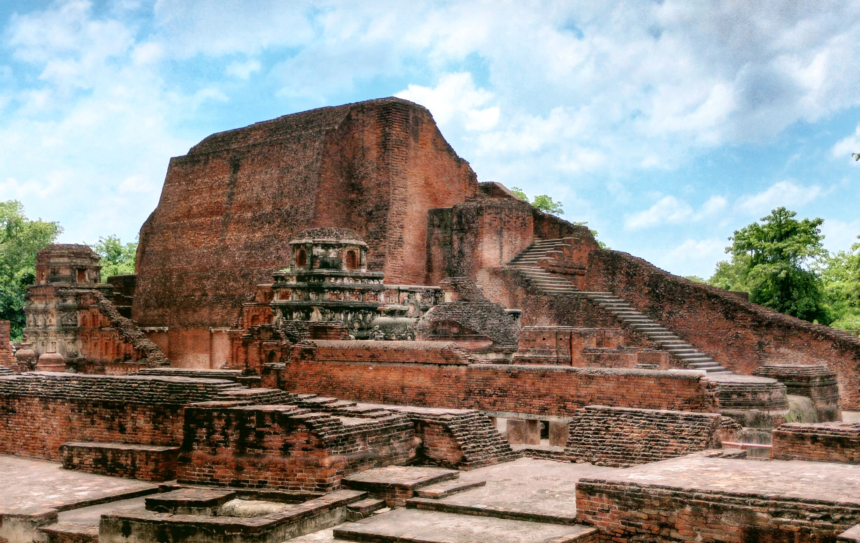Explore the rich history and origins of Nalanda University, tracing its foundation and uncovering the ancient wisdom that shaped its timeless legacy.
Nalanda university : Introduction
Nalanda University, nestled in the heart of Bihar, India, stands as a testament to the rich tapestry of knowledge and enlightenment that flourished in ancient times. Established in the 5th century AD, Nalanda was not merely an institution; it was a revered center of higher learning that transcended boundaries and attracted scholars from across the world. The sprawling campus, adorned with magnificent structures and surrounded by lush greenery, was a beacon of intellectual curiosity and exchange.
The ancient university was not only a hub for academic pursuits but also a melting pot of cultural exchanges, fostering an atmosphere of tolerance and understanding. Its renowned library, believed to have housed a vast collection of manuscripts, symbolized the repository of human knowledge and the commitment to preserving and expanding intellectual wealth. Nalanda’s legacy endures as a symbol of the enduring power of education and the pursuit of knowledge that transcends temporal and geographical confines.
ALSO READ : NASA Transmits Significant Video Of Cat Taters Via Laser Message From Space To Earth In 2023

Historical background of Nalanda university
Founded in 427 AD in northeastern India, Nalanda University was a bastion of Buddhist studies, fostering an environment of intellectual curiosity that extended far beyond religious doctrine. The sprawling complex comprised eight separate compounds, ten temples, meditation halls, classrooms, lakes, and parks. Notably, it boasted a remarkable nine-story library where monks meticulously copied books, preserving knowledge for posterity.
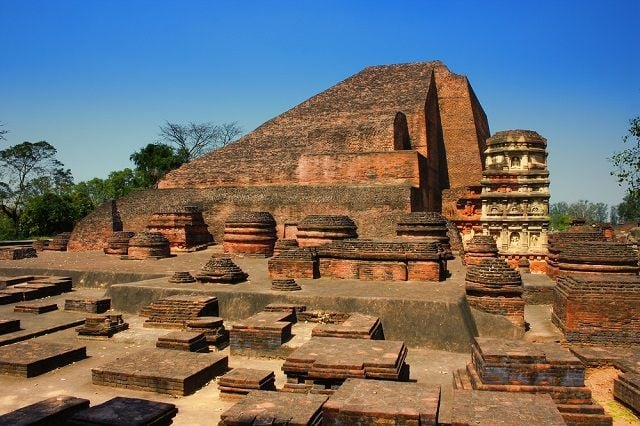
Multidisciplinary education
While Buddhism formed the core of Nalanda’s curriculum, the university was not confined to religious teachings. It offered a diverse array of subjects, including fine arts, medicine, mathematics, astronomy, politics, and the art of war. This multidisciplinary approach contributed to the holistic development of its students.

Architectural marvels
The architectural grandeur of Nalanda was unparalleled. The site featured a large stupa known as Sariputra’s Stupa, marking the burial place of Sariputra, one of Buddha’s chief disciples. The university’s heyday witnessed dormitories accommodating 10,000 students and lodgings for 2,000 professors – a pioneering concept in educational history.
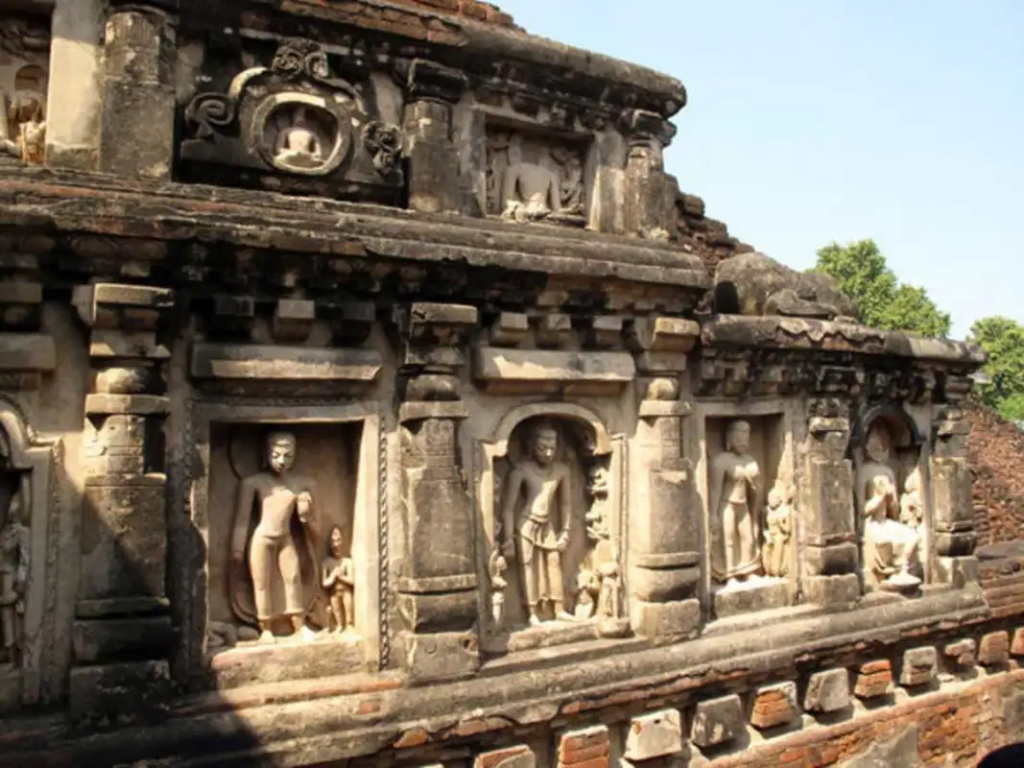
Global attraction
Nalanda’s reputation transcended continental borders, drawing pupils and scholars from distant lands such as Korea, Japan, China, Tibet, Indonesia, Persia, and Turkey. The cosmopolitan nature of the university enriched its intellectual milieu, fostering a global community of learners.
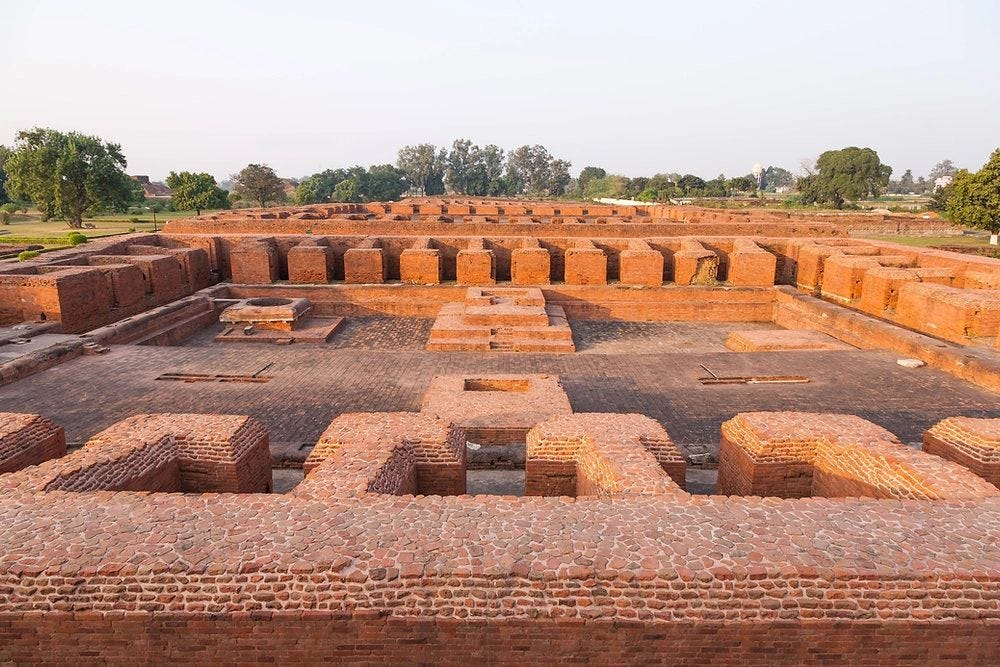
Connection with Buddhism
The association of Nalanda with Buddhism is profound. Figures like Hsuan Tsang, the famous Chinese pilgrim, studied and taught at Nalanda for five years in the 7th century AD. During its zenith, the university boasted over 10,000 students and 3,000 teachers, solidifying its status as the epicenter of Buddhist scholarship for some 700 years.

Tragedy and resilience
Nalanda’s illustrious history faced a tragic turn when a devastating fire consumed its library, housing over 9 million manuscripts. The beginning of the 12th century witnessed the Muslim invader Bakhtiyar Khalji sacking the university. Despite these setbacks, the legacy of Nalanda endured.
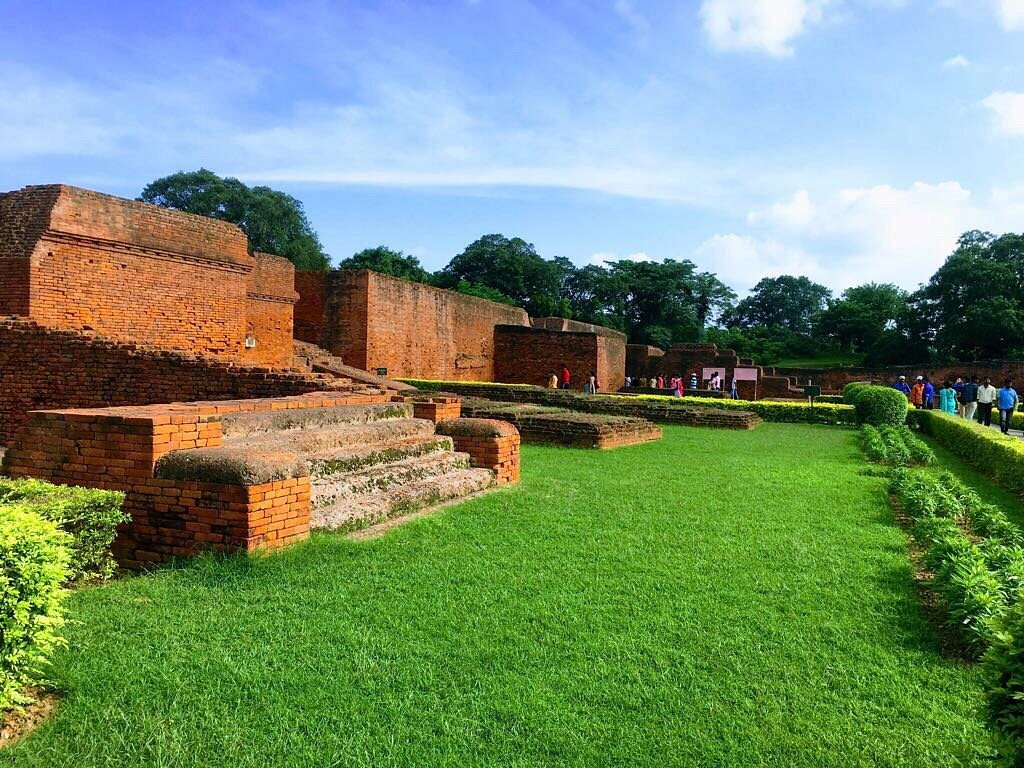
Rediscovery and preservation
In the 1860s, the pioneering archaeologist Alexander Cunningham identified the site as Nalanda University. Subsequent excavations by the Archaeological Survey of India in 1915-1916 revealed only a fraction of the sprawling complex. However, what has been unearthed provides a glimpse into the intellectual prowess that once thrived within these hallowed walls.
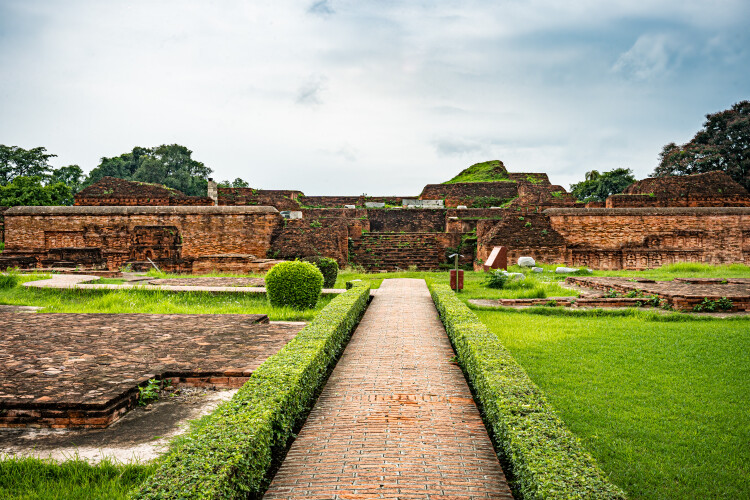
Present-day Nalanda
The present site, meticulously maintained and welcoming, offers visitors a chance to step back in time and immerse themselves in the echoes of ancient wisdom. A small museum, housing exquisite Buddhist statues, and nearby landmarks like the International Centre for Buddhist Studies and the Nava Nalanda Mahavihara contribute to the holistic experience.

Conclusion
Nalanda University stands as an enduring symbol of the human quest for knowledge, transcending temporal and geographical boundaries. Its legacy, although marred by historical challenges, continues to inspire scholars and seekers of wisdom worldwide. In the hallowed precincts of Nalanda, the echoes of ancient learning persist, inviting us to reflect on the timeless pursuit of enlightenment.
To explore more news : Click Here
ALSO READ : ESIC Recruitment 2023 : Part-Time Super-Specialist (SS) Opportunities







